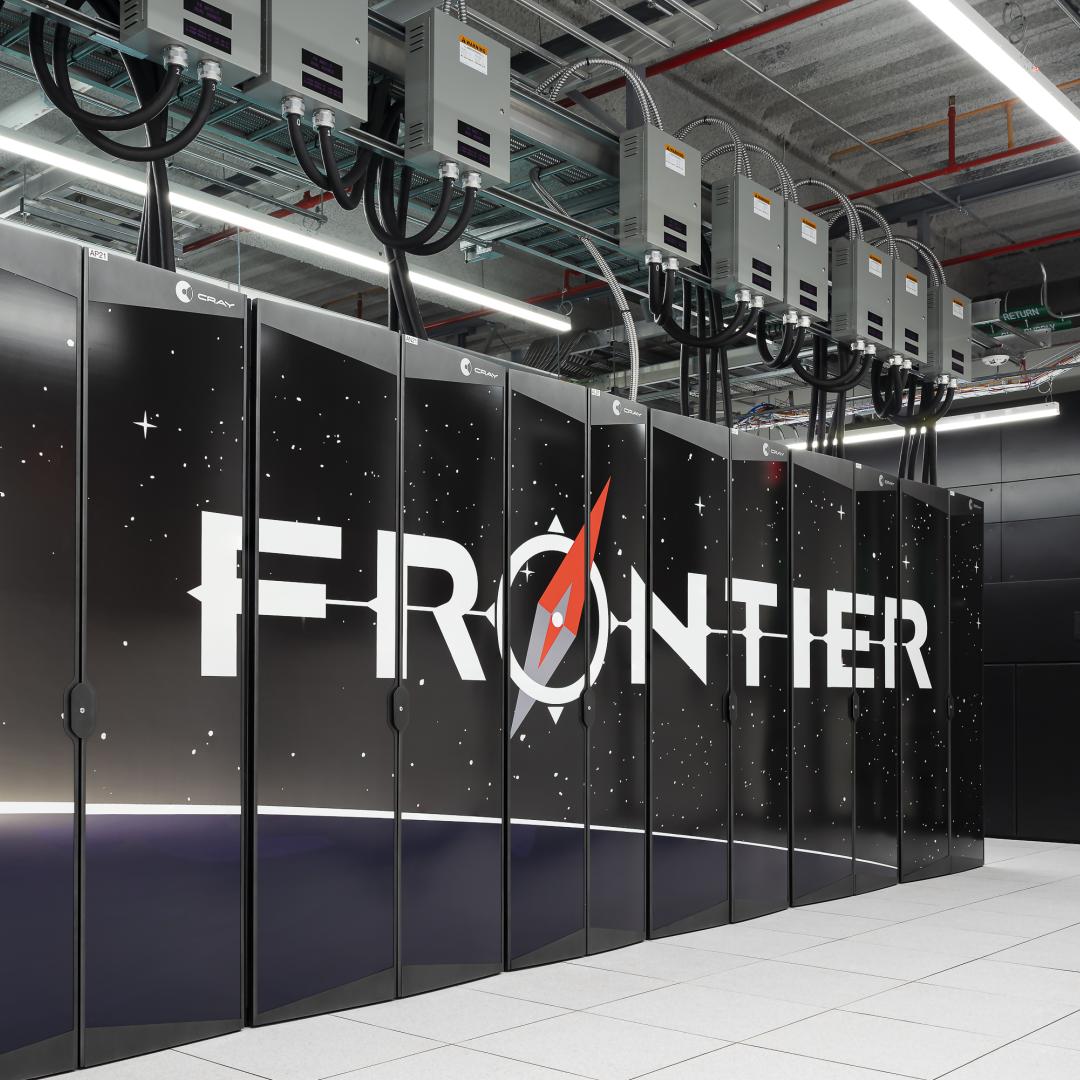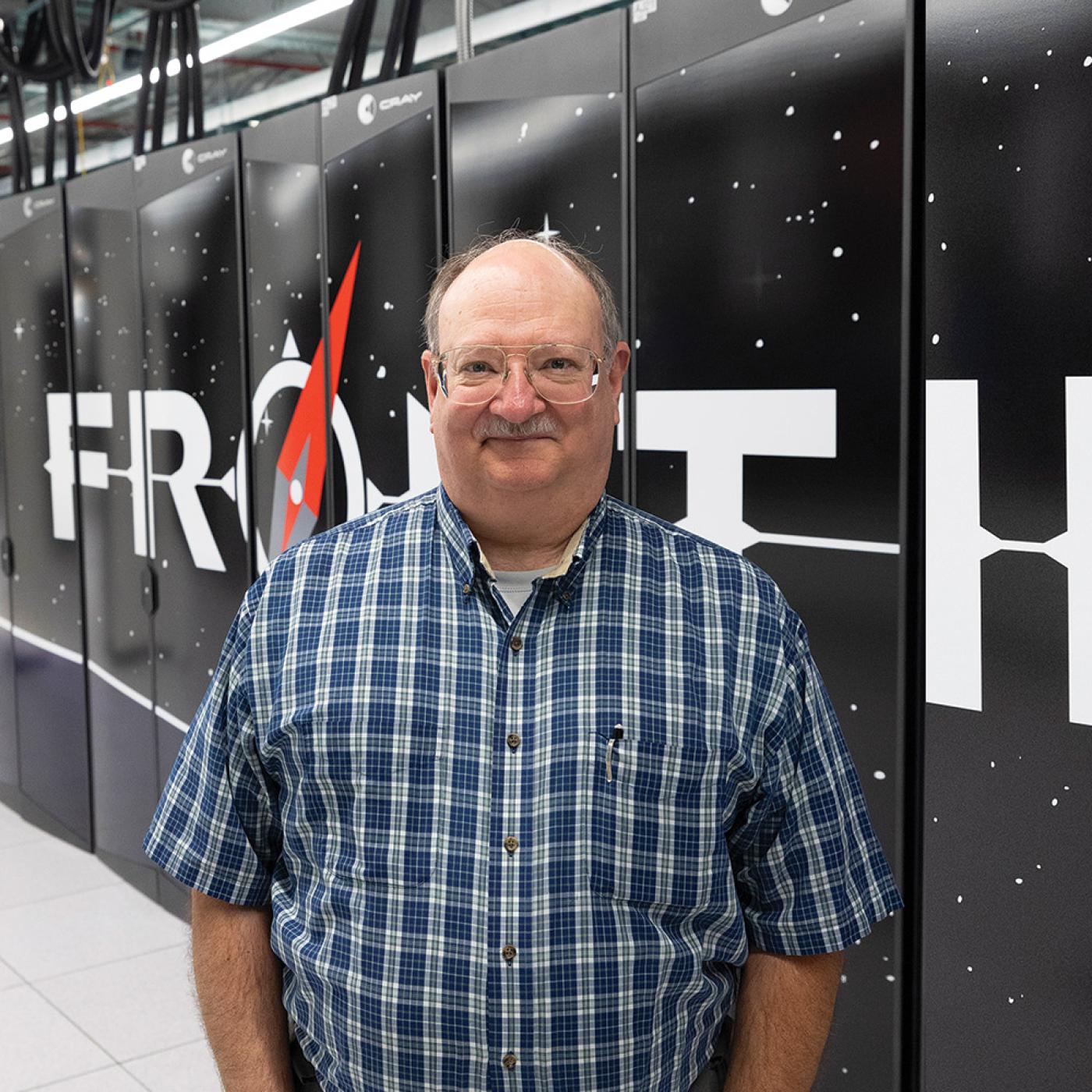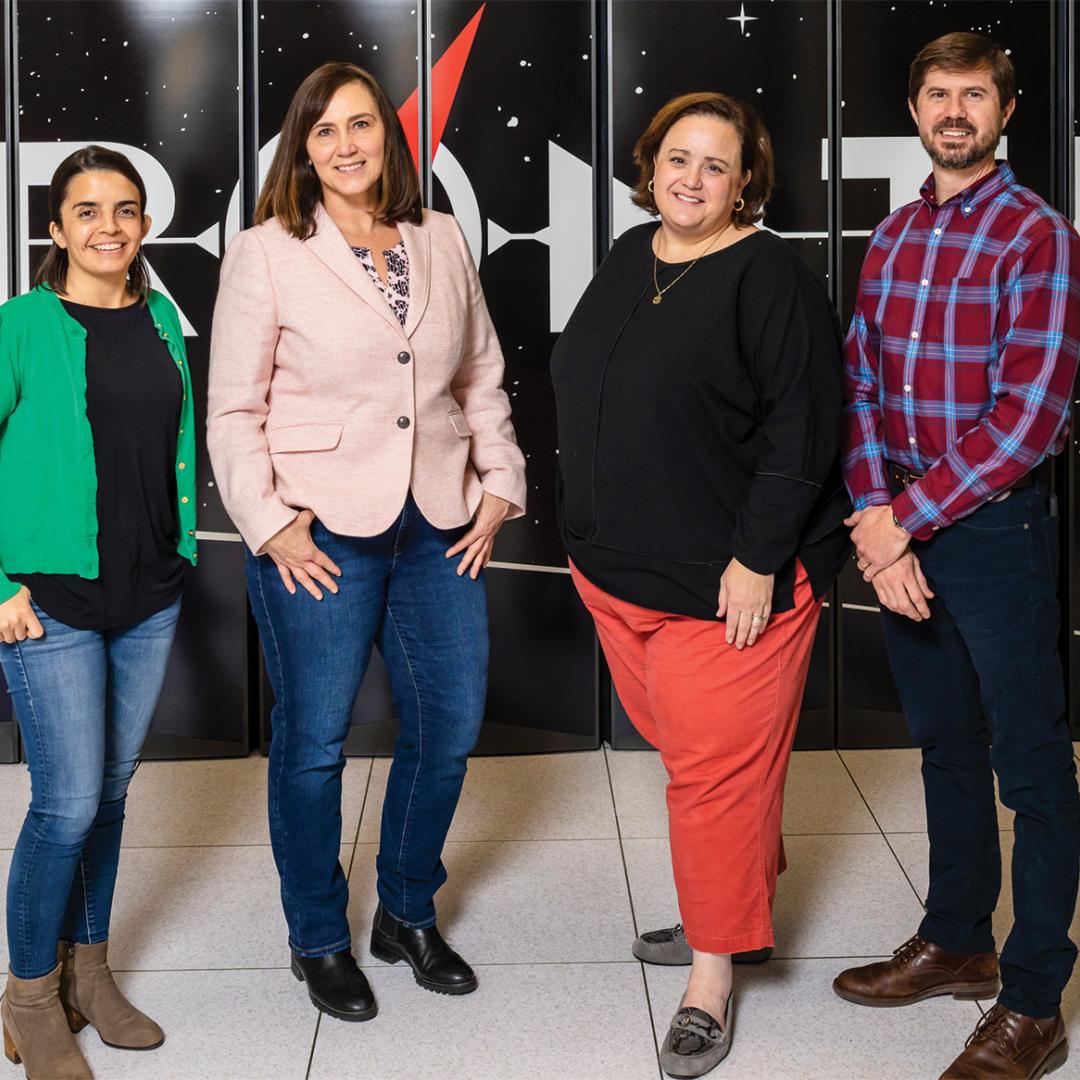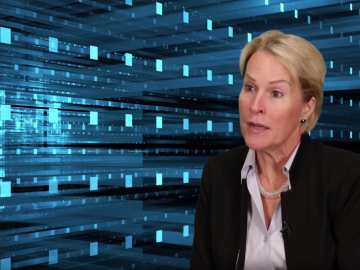Filter Issues
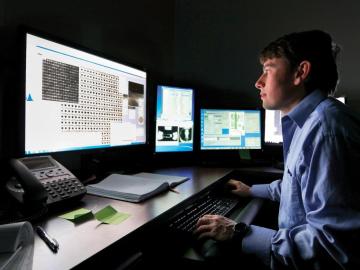
For all the power and complexity of today’s computers, they can still be boiled down to the binary basics—using a code of 1’s and 0’s to calculate and store information. Since the 1980s, though, some computer scientists have strayed from this simple language. They suggest that computers could speak ...
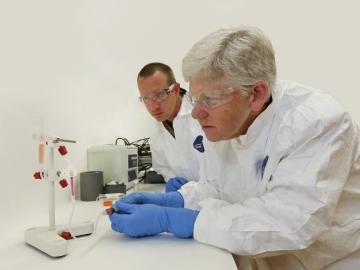
Rose Boll had just stepped out of a long staff meeting at ORNL when she got an unexpected call. Expecting a sales pitch, she heard instead the story of a patient in Germany who had recently been treated with a medical isotope produced by Boll and a team of ORNL researchers and technicians.
The tr...
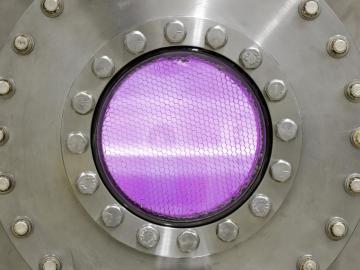
The search for materials that can withstand the extreme environment inside advanced fusion research facilities and fusion power reactors is becoming more intense.
A focal point for this search is ORNL’s Material Plasma Exposure Experiment. At the heart of the experiment is a device that ena...
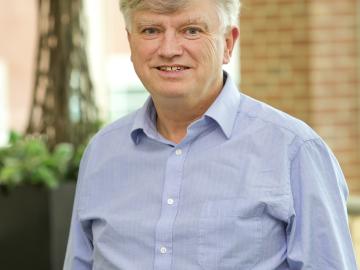
Andrew Briggs
Andrew Briggs is the inaugural chair in nanomaterials at the University of Oxford. He is best known for his early work using acoustic microscopy to solve problems in materials science and for more recent work developing materials and techniques for quantum technologies. His laborato...
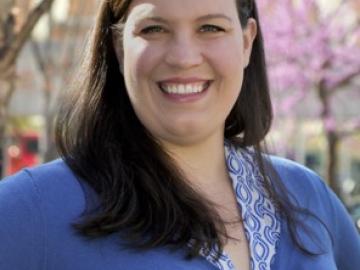
ORNL is proud of its role in fostering the next generation of scientists and engineers. We bring in talented young researchers, team them with accomplished scientists and engineers, and put them to work at the lab's one-of-a-kind facilities. The result is research that makes us proud and prepar...
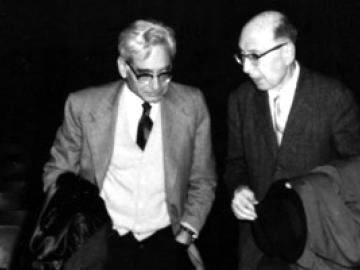
A casual observer might be forgiven for thinking the Manhattan Project produced nothing more than a bomb. In reality, the physicists who harnessed the atom also opened the door to a practically inexhaustible energy source.
That reality was clear to future Nobel Prize-winner Eugene Wigner. When Wi...


